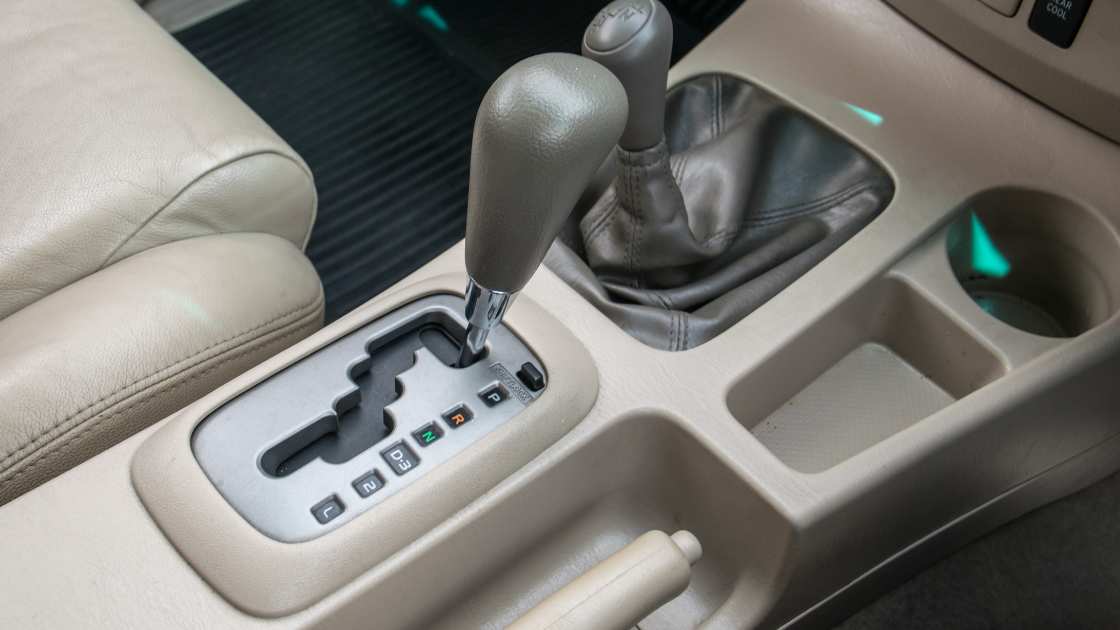Automatic transmissions are an essential component of modern vehicles. They provide a smooth and effortless driving experience by automatically shifting gears as you accelerate or decelerate. But have you ever wondered how an automatic transmission knows when to shift? In this article, we’ll explore the technology behind automatic transmissions and the mechanisms that enable them to shift gears seamlessly.
Understanding Automatic Transmissions
An automatic transmission is a complex system that works with various components, including gears, pumps, clutches, and torque converters. The transmission system consists of several gears, each with different gear ratios that engage and disengage as you accelerate or decelerate. When you step on the accelerator, the transmission selects the appropriate gear ratio to transmit the engine’s power to the wheels, enabling the vehicle to move forward.
How Does an Automatic Transmission Know When to Shift?
The automatic transmission’s shift points are determined by a combination of electronic sensors and a hydraulic control system. The sensors measure the vehicle’s speed, engine RPM, throttle position, and other parameters to determine the appropriate gear ratio for the driving conditions. Meanwhile, the hydraulic control system uses fluid pressure to engage and disengage the gears as needed.
Here’s a step-by-step breakdown of how an automatic transmission knows when to shift:
The vehicle’s sensors measure the speed and other parameters.
The transmission control module (TCM) uses the sensor data to determine the optimal gear ratio.
The TCM sends a signal to the transmission’s solenoids to apply fluid pressure to the appropriate gear clutches.
The gear clutches engage, and the transmission shifts to the selected gear ratio.
The process repeats as the vehicle’s speed and driving conditions change.
Advanced Transmission Technology
Modern automatic transmissions feature advanced technology that enables them to adapt to a wide range of driving conditions. For instance, some transmissions have a “sport mode” that adjusts the shift points for a more responsive driving experience. Others have a “hill descent control” mode that helps the vehicle maintain a steady speed when driving down a steep incline.
FAQ’s
How does an automatic transmission determine the correct gear to use?
The automatic transmission uses electronic sensors and a hydraulic control system to determine the appropriate gear ratio based on factors such as vehicle speed, engine RPM, and throttle position. The transmission control module (TCM) receives data from the sensors and sends a signal to the transmission’s solenoids, which apply fluid pressure to the appropriate gear clutches to engage the selected gear.
Can I manually control the gear shifting in an automatic transmission?
Yes, many modern automatic transmissions have a manual mode that allows the driver to manually control the gear shifting. In this mode, the driver can use paddle shifters or the shift lever to change gears up or down as needed. However, in most cases, the automatic transmission’s computer will still intervene to prevent damage to the transmission or engine.
How does an automatic transmission adapt to different driving conditions?
Modern automatic transmissions have advanced technology that allows them to adapt to different driving conditions. For example, some transmissions have a “sport mode” that adjusts the shift points for a more responsive driving experience. Others have a “hill descent control” mode that helps the vehicle maintain a steady speed when driving down a steep incline. Additionally, some transmissions have adaptive shift control that learns the driver’s driving habits and adjusts the shift points accordingly.
Conclusion
In summary, an automatic transmission knows when to shift through a combination of electronic sensors and a hydraulic control system. The sensors measure the vehicle’s speed and other parameters, while the hydraulic system engages and disengages the gears as needed. Modern automatic transmissions have advanced technology that adapts to various driving conditions, ensuring a smooth and effortless driving experience for the vehicle’s occupants.

Jeff Gordon is an accomplished writer with expertise in the basics of car accessories. With a keen eye for detail, Jeff has established himself as an authority on the subject, with a passion for all things automotive. Based in Jasper, Jeff is dedicated to providing readers with the information they need to make informed decisions when it comes to their car accessories.





